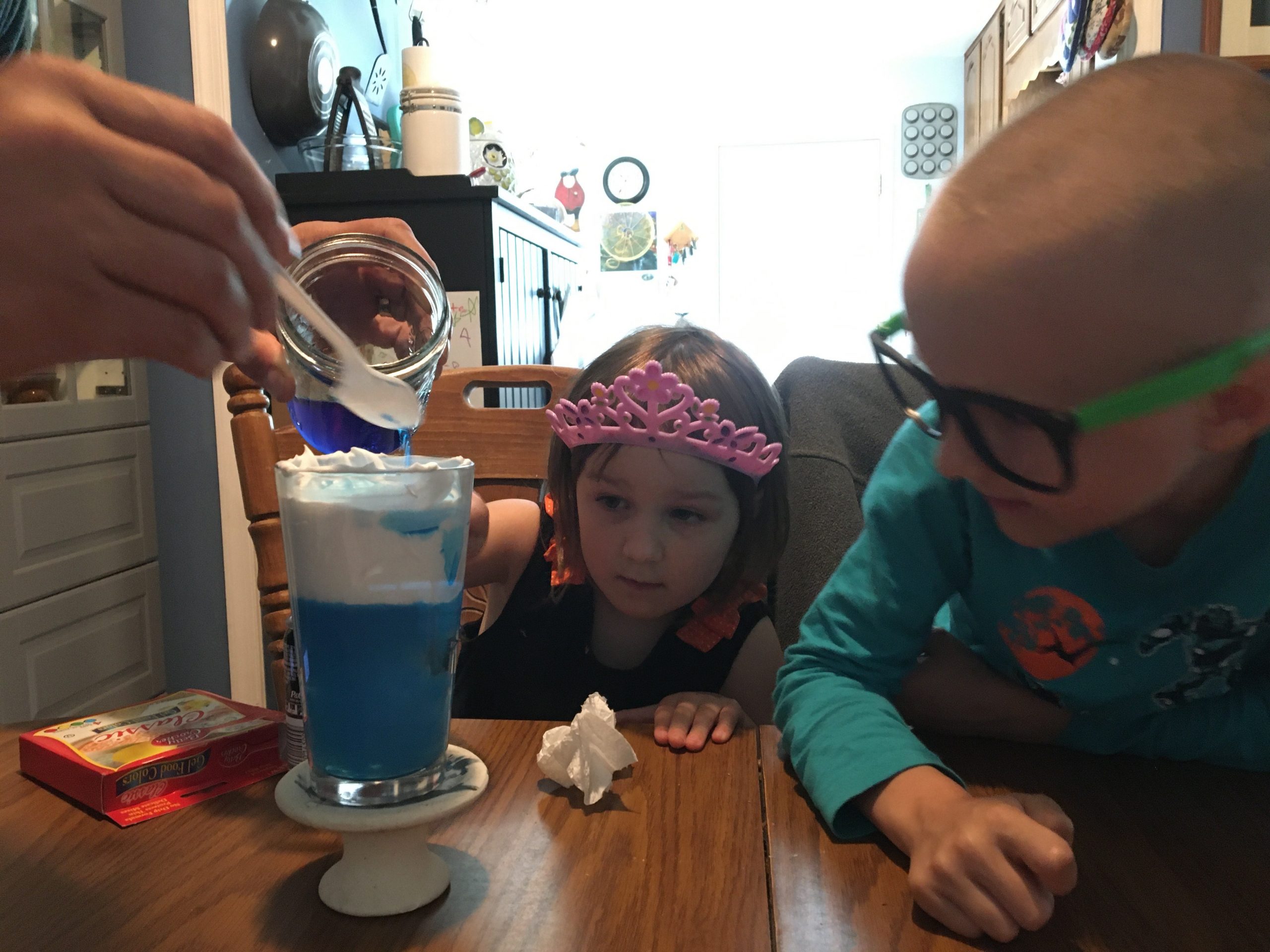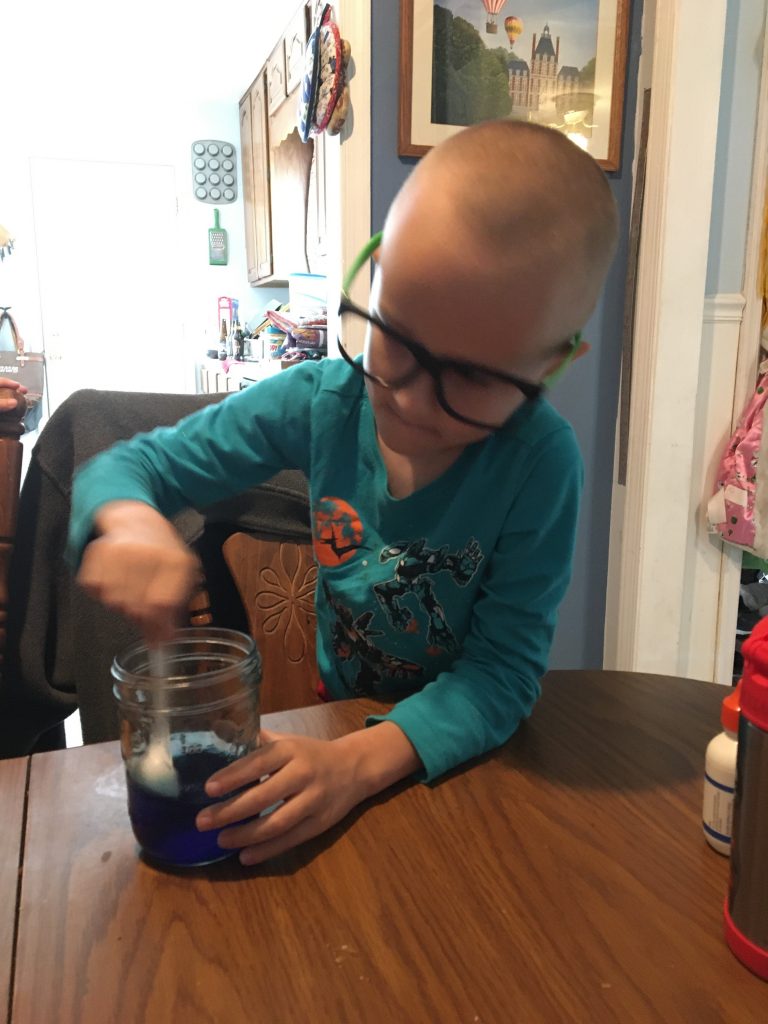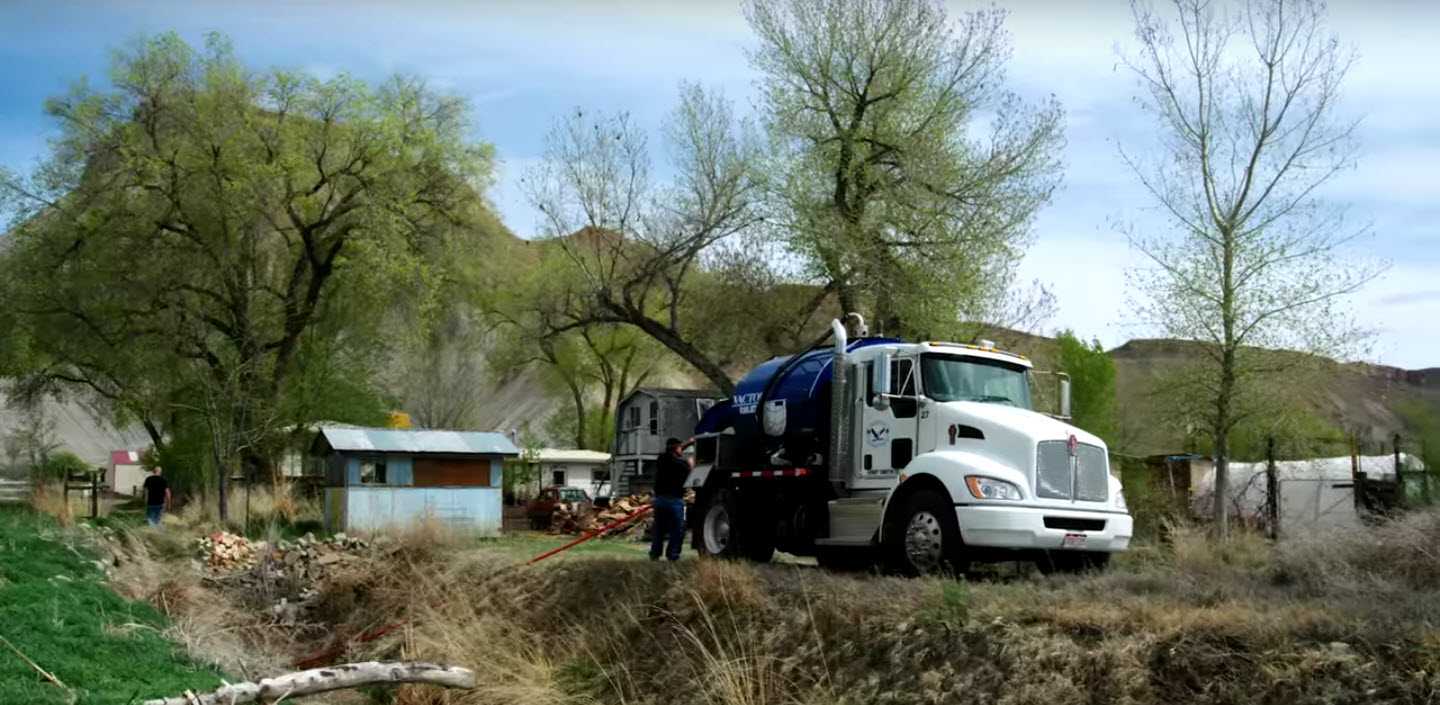Effective stormwater management goes beyond utilities and regulatory agencies. Individuals need to participate, too. Helping these stakeholders understand the importance of stormwater and the forces that drive is an effort that can begin at home.
In April, Popular Science featured a simple, 10-minute experiment aimed at helping children better understand precipitation and the importance of stormwater management. The simple demonstration requires only water, food coloring, shaving cream, and common kitchenware. The purpose is to convey that the size and frequency of rainstorms are not random. This experiment also underscores the need for sufficient stormwater management to keep larger-than-expected storms from becoming dangerous and costly flood events.
Storm in a Glass
Begin the experiment by filling a tall, clear drinking glass halfway with water. For demonstration purposes, the bottom of the glass represents the ground while everything above the waterline represents the troposphere, where most reactions that cause weather conditions occur.
Add clouds to the troposphere by covering the water’s surface with about 2.5 to 4 cm (1 to 1.5 in.) of shaving cream, leaving at least 2.5 cm (1 in.) of space between the cream and the top of the glass. (Avoid using shaving gel, which looks far less cloud-like and will not float on the water line properly.) Once applied, use a finger or spoon to pat the top of the shaving cream into a smooth surface.
Next, in a small bowl or cup, mix 120 to 250 mL (0.5 to 1 cup) water with about 2.5 mL (0.5 tsp) food coloring. For the demonstration, this colored water represents atmospheric water vapor that becomes precipitation under the right conditions.
Lastly, use a spoon to slowly pour the colored water onto the top of the shaving-cream layer. As you pour, the water will pool at the top of the system and gradually sink into the “clouds,” until it eventually bursts through the layer of shaving cream and begins to “storm” into the water beneath it.
The Challenge Beneath the Clouds
The storm-in-a-glass demonstration omits some of the finer details of how storms form, such as how clouds form depending on atmospheric water vapor contents or that real storms require solid surfaces like dust or salt particles to trigger condensation. However, it provides an approachable means to get children interested in the relationship between water vapor, precipitation, and flooding.
If you continue to pour colored water into the shaving cream once the “storm” begins, the color of the water in the glass becomes increasingly more saturated. As the model demonstrates, a few extra drops only tint the water; any more than that, and the color of the water in the glass shifts dramatically.
The bottom of the glass is an impervious surface that cannot drain or redirect the food coloring enough to dilute it; this is a lot like many communities that lack the infrastructure to keep rain from accumulating in a particular location.
Continuing the Conversation
Take the conversation beyond the experiment by asking children how they would modify the glass to keep the food coloring from building up below the shaving cream. You may find similarities between their solutions and the approaches stormwater professionals take every day to protect their communities from flooding.







